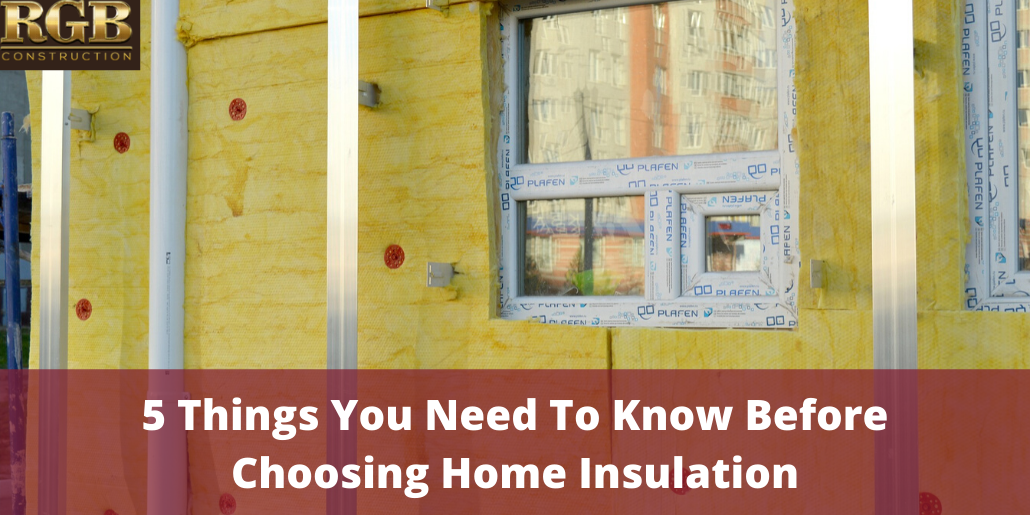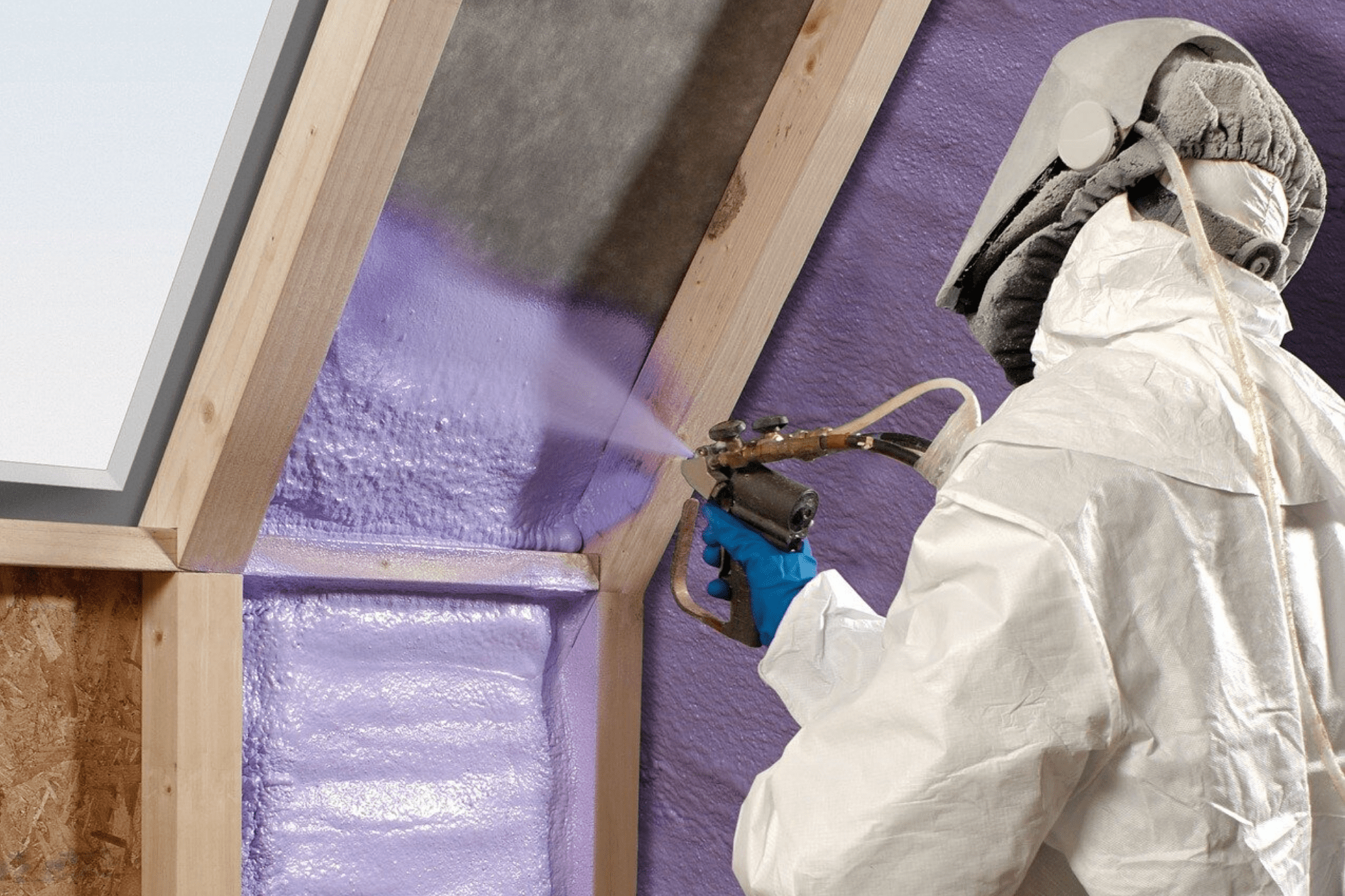Insulation is one of the most critical home components that you never see. It regulates the ability of your home to hold its heat and regulate its temperature in general. In most cases, insulation is the thing that separates a comfortable home from an uncomfortable one. While it works on simple principles, there are certain things that you should know about insulation before you lay down the money. Here are the top five things you need to know before choosing home insulation.
1. Don’t Expect It To Block Airflow
A lot of people mistakenly believe that insulation can be used to block an air leak. However, this is not true at all. Most insulation materials are not completely airtight, and thus, they will allow a little bit of air to pass through. Although tight insulation will impede the flow of an air leak, it will not fix the problem. Air loss will very quickly become heat loss as the warm air moves into colder areas.
For this reason, it is essential that you plug any air leaks before you install new insulation. Once the insulation is in place, those little gaps will be harder to repair, so you might as well do both jobs at once. The easiest way to plug those leaks would be a can of spray-on insulated foam. This stuff may be ugly, but it does the job. Once it hardens, you can use a sharp knife to trim away the excess material.
2. Know If You Need A Vapor Barrier
Vapor barriers are often installed behind the insulation, as a way to provide an extra barrier against moisture. Most insulation will rot if it gets wet, so this little measure is usually worth the effort. The vapor barrier is often just a plastic sheet hung on the wall behind the insulation. You could easily use some cheap painter’s plastic to install a vapor barrier at a low cost.
The thing is, not every home requires a vapor barrier. If you live in a low-humidity area, there is a good chance that you don’t need to worry about this step. If you live in an area that doesn’t experience extremely hot or cold temperatures, you will have less need for a barrier. However, humid areas or areas that regularly see extreme temperatures will need the barrier. When in doubt, we would recommend that you go ahead and install a vapor barrier, just because it’s cheap and easy.
3. Look At The R-Value
Any insulation that you buy will be rated in terms of its effectiveness. This rating is called the R-value, and it’s an important factor to check. The “R” stands for “resistance,” and it refers to the ability of the material to resist heat transfer. To understand how this works, you need to understand the law of heat transfer. It states that two objects in contact will eventually attain the same temperature. For instance, if you mix hot water with cold water, you get warm water. Likewise, if you put a piece of metal in a fire, it will eventually attain the same temperature as the fire.
The R-Value will tell you how good a job the insulation does of resisting heat transfer. Manufacturers make insulation with many different R-values because every climate is different and calls for different materials. If you want to know which type of insulation is appropriate for your area, you can look at the Department of Energy’s recommendations on the matter.
4. Consider Different Materials
Most insulation is made of fiberglass, but there is no reason to limit your options. You can buy insulation made from rock wool, cellulose, foam, cotton, and sheep’s wool. You can also use the spray foam that we mentioned earlier. All of them have their advantages and disadvantages, so weigh the options carefully. For instance, cotton insulation does a great job of holding the heat. Unfortunately, it will need to be replaced more often than most others. It is an organic material, and will thus break down more quickly.
Spray foam as an insulating agent has the advantage of being easy to install, but it’s also much harder to remove. Rock wool (sometimes called mineral wool) can be a great option because of its longevity. Because it is made from rock fibers, it does not grow mold or mildew. It sheds water with no absorption and is not vulnerable to rot. Still, it’s also one of the more expensive options.
5. Loose Insulation Breeds Mold
When installing insulation, it is crucial to pack it tightly. If you leave any loose air spaces around the insulation, it will tend to collect warm, humid air. This humid air can then feed the growth of mold and mildew. This is why it is so essential to get the right size and width when buying insulation.
Mold causes a lot of problems, so it is not a problem to be ignored. Some forms of mold can emit toxic spores that cause illness and even death. Some insulation materials are much more resistant to these problems than others.
Conclusion
Insulation is a basic idea that you can apply in many different ways. At one time, it was common for people to insulate their homes with newspaper stuffed into the walls, but most people have thankfully abandoned that practice! With all the modern materials available to us, it is far easier to customize our insulation in the most efficient way possible. If our work has helped you to understand this subject a little better, we hope that you will fill out the contact form below to learn even more.








